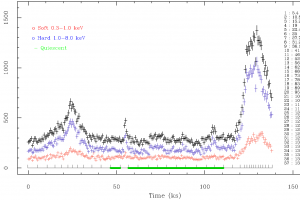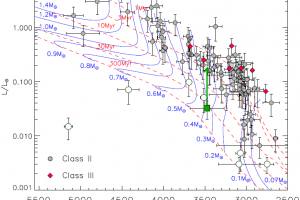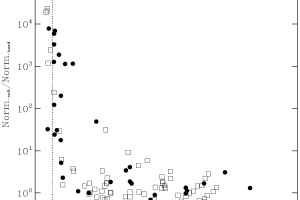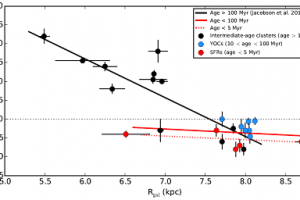Pubblicato lo studio: “The early B-type star Rho Oph A is an X-ray lighthouse” di I. Pillitteri

di Mario Giuseppe Guarcello ( segui mguarce) Le stelle possono essere enormi magneti. In particolare, stelle come il Sole riescono a produrre un intenso campo magnetico nella regione di separazione tra la regione radiativa, piu’ in profondita’, e quella convettiva, piu’ superficiale, chiamata “tachocline”. Il campo magnetico prodotto da una stella e’ necessario per la formazione della corona,
» Read more








